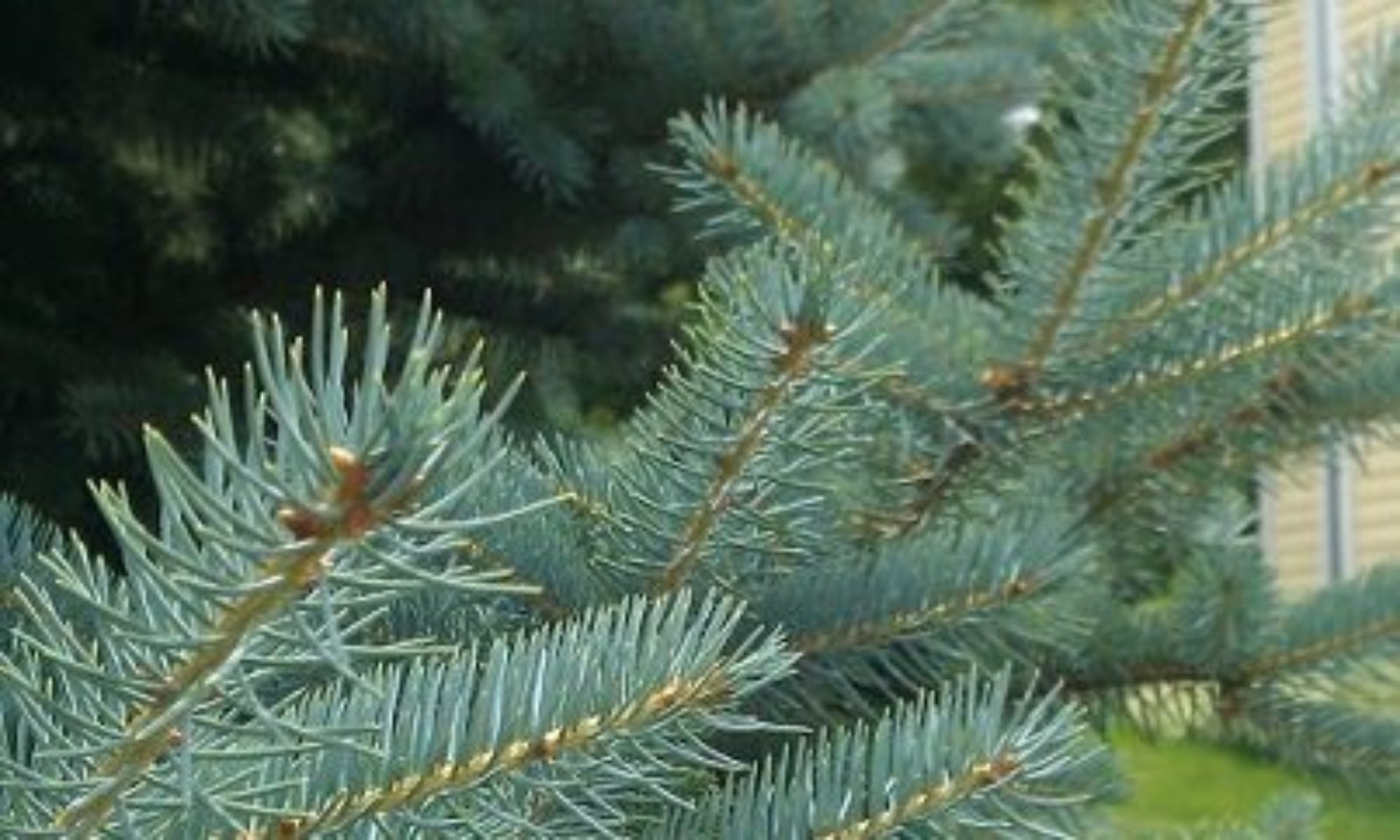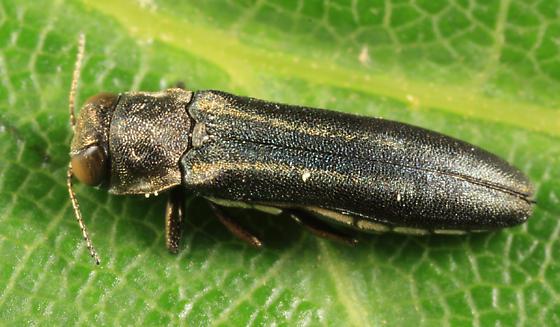Spruce Diseases in Illinois
What is going on with Spruce trees?? Colorado Spruce trees are not native to Illinois, and are really having a tough time lately with the changing environment we’ve had over the last decade! Other varieties of Spruce trees are having a hard time as well. We just received an update from the University of Illinois Extension service that there are several issues going on at this time with Spruce trees in the area. Below is a list of diseases that they are seeing at this time of year, and the accompanying symptoms that go along with them. Abiotic Damage Abiotic Damage is basically just environmental factors, such as too much […]
Two- Lined Chestnut Borer
As if Mid-westerners didn’t have enough pests to deal with, we are now experiencing Oak decline due to the lovely Two- Lined Chestnut Borer (Agrilus bilineatus). What is a Two-Lined Chestnut Borer? The Two-Lined Chestnut Borer is a flat head borer that affects Chestnut trees and Oak trees alike here in the Midwest. When not properly managed, these Borers can cause significant damage and even death in Oak and Chestnut trees. Life Cycle Adults appear in early June in the Midwest. The females will lay their eggs in clusters of 10 eggs starting late June thru early July. Once eggs hatch, the larvae will bore into the trunk of the […]
Why do I need Plant Health Care?
Why do I need Plant Health Care? Most homeowners don’t think about their trees until it’s too late. At this time, they call us out to give them an estimate on removing their tree. This could have been avoided if action was taken prior to the tree dying or becoming so hazardous that it needs to come down. A Plant Health Care program is for trees similar to a Health Care Program for people. It is a program that is set up between you and your Arborist to help keep your trees healthy or treating them for a particular problem. The goal is to enhance their functionality and beauty in […]
Carpenter Ants
By Jodi Zirbel What does it look like? Carpenter ants are found in most parts of the world, but in the United States the most common species is the black carpenter ant, Camponotus pennsylvanicus. Other carpenter ant species in the LACE w:st=”on”>U.S.LACE> include Red carpenter ants, Camponotus ferrugineus, and Smaller carpenter ants, Camponotus nearcticus. Among the largest ant species, carpenter ants range in size from 3/8 inch for worker ants up to 1 inch for winged queen ants. Although other ant species may appear similar, carpenter ants have a smooth, convex thorax, whereas other species feature an uneven or notched thorax. In addition, when viewed from the side, carpenter ants […]




